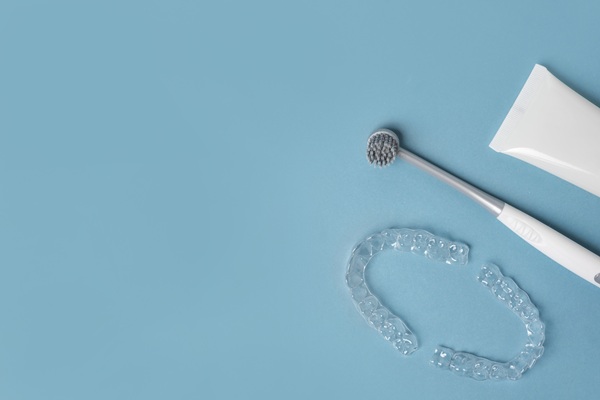 Different restorative dental procedures like dental bonding are available to help people achieve a safe and appealing smile. Dental bonding is a highly efficient and relatively simple dental procedure. The process uses unique composite resins to enhance the appearance of a person's smile, and the dentist can complete the procedure in only one appointment.
Different restorative dental procedures like dental bonding are available to help people achieve a safe and appealing smile. Dental bonding is a highly efficient and relatively simple dental procedure. The process uses unique composite resins to enhance the appearance of a person's smile, and the dentist can complete the procedure in only one appointment.
Dental bonding explained
Dental bonding, also known as composite bonding or tooth bonding, is a process that involves concealing dental flaws with a tooth-colored resin material. Teeth bonding is a painless and straightforward treatment from the patient's viewpoint. Patients usually do not even need anesthesia. That said, they may be given a local anesthetic injection to numb the teeth if the dentist is repairing a chip or an issue that has made a tooth sensitive or is situated near the nerve. Cotton pads can be inserted into the mouth to retain moisture and help the dentist work more efficiently.
An etching solvent is added to the tooth surfaces during the dental bonding process. This creates a rough surface to which the resin will adhere. A high-intensity light is used to harden the tooth-colored resin after it has been added to the surfaces of the teeth. The bonded material is then sculpted to suit the tooth and polished to match the sheen of the adjacent teeth after the application process is completed. The applications of dental boding include the following.
Fixing minor teeth damages: Dentists often use dental bonding to fix mild tooth damage, such as small cavities, gaps, or chips. It can also work for lengthening the teeth and protecting tooth roots after gum recession and as an alternative to amalgam fillings. For these minor problems, dental bonding is a highly effective procedure.
Correct teeth stains: When teeth whitening fails to produce satisfactory results, the dentist may treat tooth discoloration with dental bonding. The material hides discoloration on the teeth and can give a patient a vivid, healthy, and attractive smile.
Candidates for tooth bonding
Patients must first arrange an appointment with their dentist if they are interested in dental bonding to solve their dental problems. The dentist will assess their general dental health and determine if bonding is a healthy and appropriate treatment option. If there is minor discoloration on several teeth, the dentist can suggest teeth cleaning procedures instead.
Your dentist may prescribe a crown instead of dental bonding for a more severe chip or crack that weakens the tooth's strength and integrity. A crown provides additional protection and helps deter further splitting and trauma, which is something that bonding does not usually do.
The front teeth are the most often treated with dental bonding. The reason is that they show more when smiling and are therefore complementary to one's appearance. Also, molars need the additional structural protection offered by crowns. Dental bonding is usually considered safe for people of all ages.
In conclusion
Contact the dental office to learn more about dental bonding and other cosmetic dentistry procedures. You will get a smile that you are proud to show off with all the different restorative dental procedures available.
Request an appointment or call Stellar Smiles at 561-225-2070 for an appointment in our Boca Raton office.
Recent Posts
Dental bonding is a great way to address oral health and cosmetic issues like damaged enamel and chipped or cracked teeth. Read on to learn more about dental bonding. Dental bonding is minimally invasive and considered safe for patients.Every patient should evaluate all available types of restorative dentistry to address their specific oral health concerns…
Dental bonding is a form of restorative treatment used to repair damaged enamel and fix cosmetic concerns such as gaps between teeth or uneven teeth. There are many benefits of dental bonding when used to repair damaged enamel, and it is safe for patients and does not harm the teeth in any way.There are certain…
Dental bonding provides patients with a non-invasive way to repair a myriad of issues that affect their teeth. The procedure can be performed for restorative or cosmetic purposes. It typically does not require the use of anesthetics or multiple visits to a dentist.Unlike crowns and veneers, which typically require shaving enamel off the tooth being…



